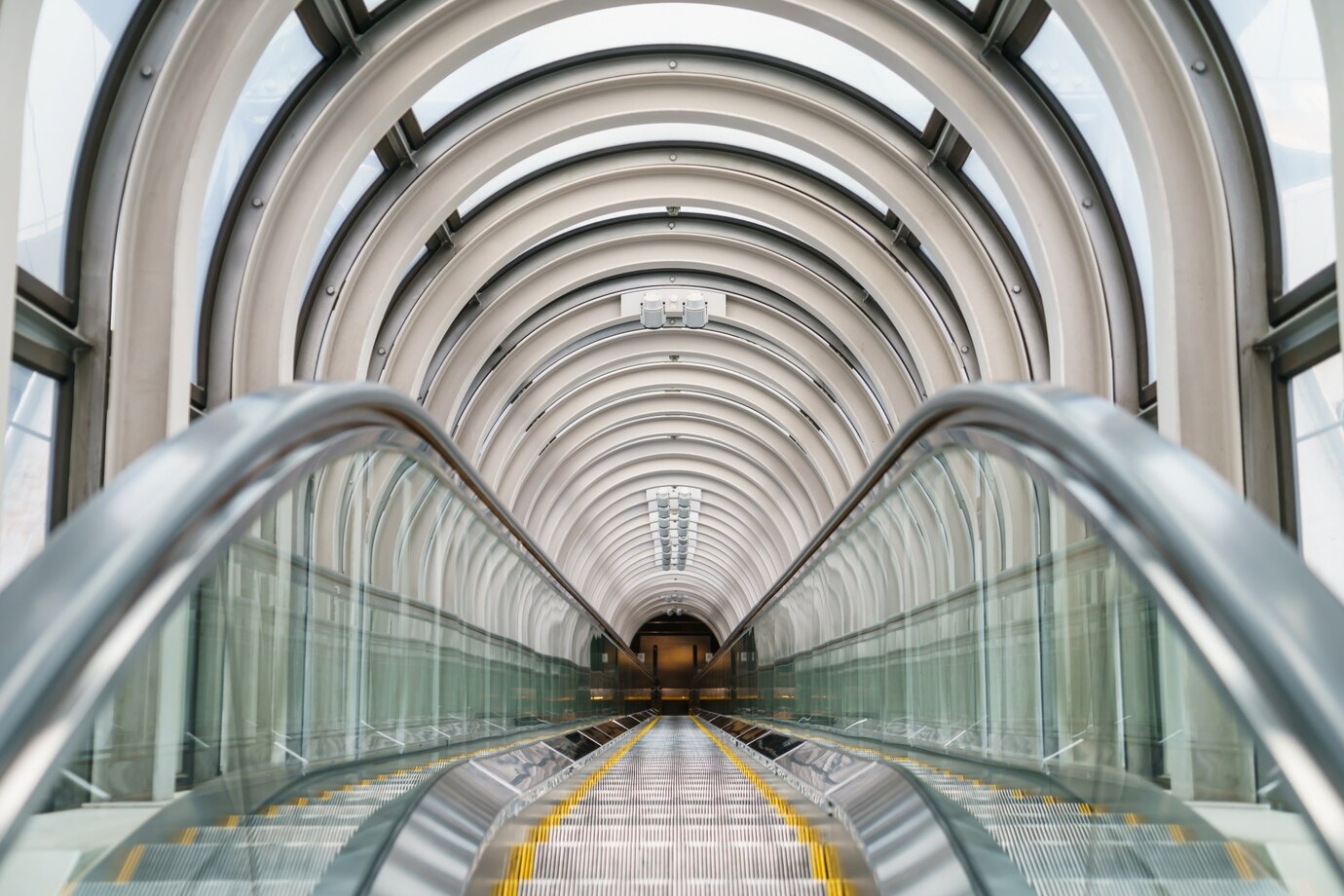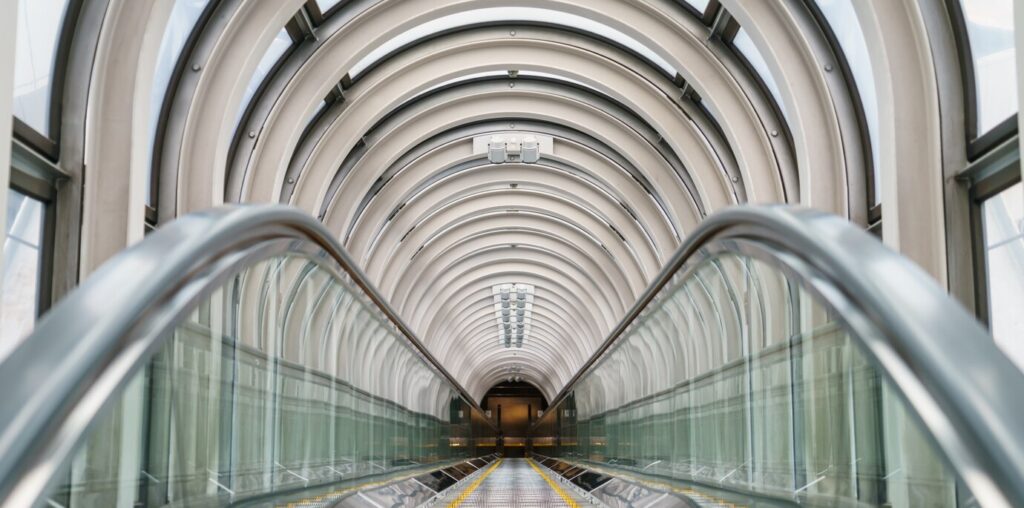
In many cities and communities, especially in colder climates, underground utilities are essential for maintaining a smooth daily life. One of the key components that help keep utilities organized and accessible is the utilidor. In this blog post, we’ll explore what a utilidor is, why it’s important, and how it works. We will also touch on some of the benefits that come with using this system, especially in challenging environments like Alberta City. Whether you’re new to the term or just curious about how these systems function, we’re here to help you understand!
What is a Utilidor?
A utilidor is an underground system that houses multiple utilities such as water pipes, sewage lines, and electrical cables. It is commonly used in places with harsh weather conditions, such as northern regions, to keep these important services protected and accessible year-round. Essentially, a utilidor is like a tunnel or a corridor under the ground where all these essential services are bundled together, making it easier to maintain and fix when needed.
Why are Utilidors Used?
- Protection from Extreme Weather: In regions where temperatures can drop very low, utilities can freeze, break, or become difficult to maintain. The utilidor system ensures that vital services like water and sewage remain protected from freezing and damage, helping to keep everything running smoothly no matter the season.
- Efficiency in Maintenance: Instead of digging up the ground every time there’s an issue with utilities, utilidors allow workers to access the lines more easily. Since all the services are in one place, maintenance and repairs are faster and more efficient.
- Safety: With utilities housed underground and out of sight, the risk of accidents, leaks, and other issues is minimized. This is especially important for places that see heavy traffic or have a lot of public infrastructure.
How Do Utilidors Work?
Utilidors work by grouping all essential utilities together in one space. Typically, these systems are built below the ground to ensure that the elements like snow, ice, or extreme cold do not affect the services. Inside the utilidor, you might find water pipes, electrical wiring, sewage lines, and sometimes even communication cables. All of these are well-organized and insulated to prevent any freezing or damage.
When there’s a need for maintenance or repairs, workers simply access the utilidor. Since all the pipes and cables are contained in one area, it’s easier for them to identify and fix any issues quickly, without having to dig up roads or disrupt daily life. This system makes the entire process much more cost-effective and reduces disruption to the community.
Benefits of Using a Utilidor System
- Durability: Utilidors are built to last. They are designed to be strong enough to withstand weather conditions like snowstorms, frost, or heavy rain. Their durability ensures that they can handle the demands of cities that experience extreme climates.
- Cost Savings: While the initial installation of a utilidor system might seem expensive, it actually saves money in the long run. With fewer repairs and faster access to utilities, maintenance costs are reduced. Also, fewer digging and construction jobs are needed when something breaks, which lowers costs over time.
- Environmentally Friendly: By keeping utilities underground and in one place, utilidors help reduce the environmental impact of having multiple systems spread out across an area. It reduces the need for excessive digging, which can disturb ecosystems and create more waste.
- Improved Community Functioning: For communities in colder climates, utilidors ensure that essential services keep running even in extreme conditions. This helps to improve the quality of life for residents by providing access to clean water, electricity, and sanitation even in the harshest winters.
Challenges and Considerations
While utilidors offer many benefits, there are a few challenges to consider:
- Initial Costs: The initial cost of building a utilidor system can be high. The construction process involves digging and installing sturdy, insulated tunnels that can house all the utilities. However, these costs are often recouped over time thanks to the savings in maintenance and repairs.
- Limited Flexibility: Once a utilidor system is built, it can be difficult to make changes or upgrades. Any new utilities that need to be added may require significant changes to the system, which can be time-consuming and costly.
- Accessibility: If a utilidor system isn’t properly maintained or is damaged, it may become difficult for maintenance workers to access the utilities inside. Ensuring regular checks and repairs are done is essential for keeping the system functional.
Conclusion
In conclusion, a utilidor system is an essential part of infrastructure in cold or challenging climates. It provides a safe, reliable way to house important utilities, offering benefits such as protection from extreme weather, easy access for maintenance, and reduced costs over time. For residents and businesses in places like Alberta City, having a utilidor system means they can continue to rely on their utilities even in the harshest weather conditions.
If you’re interested in learning more about how a utilidor system works or if you’re looking for insulation services for your own projects, G&R Insulating can connect you with experts who can assist with your needs. Contact us today to learn more!


